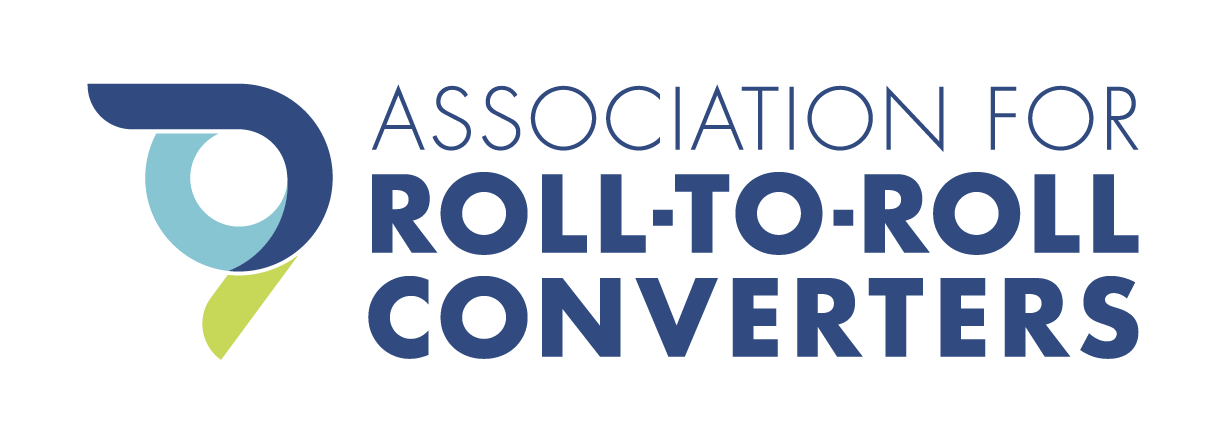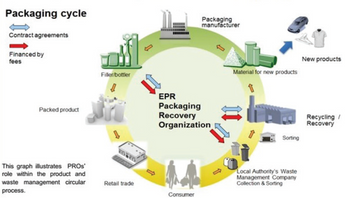Curtain Coating Edge Control
Presented by Robert Hirshburg, TSE Troller Schweizer Engineering AG
Precision curtain coating is heralded as the fastest of the thin liquid film coating methods that are capable of achieving accurate and extremely uniform coatings. In addition to these advantages, curtain coating has multilayer capability and a host of process benefits associated with its large applicator-to-substrate clearance. It is not surprising then that this coating method is being successfully adopted by technology-aggressive companies in a number of industries.
The practice of curtain coating superficially appears to be quite simple: form a liquid layer of the desired coating width and cause this layer to fall a sufficient distance onto the moving substrate. Indeed, this is the simple scheme in which crude curtain coatings of various 3-D objects from confections to electrical components conveyed on belts have been achieved for at least a century. However, commercially-viable precision curtain coating of webs is much more demanding. This discussion considers one of curtain coating s most important and challenging reduction to practice aspects - controlling the edges of the falling curtain. First, some of the basic curtain coating process characteristics will be briefly reviewed in order to appreciate the method s more important capabilities, then the technology applied to control curtain edges will be described.
This post is for paying members only
SubscribeAlready have an account? Log in

